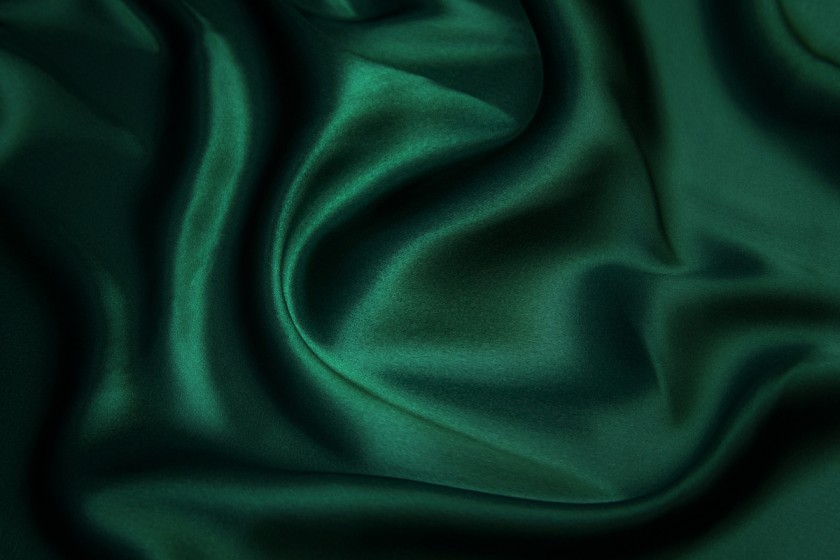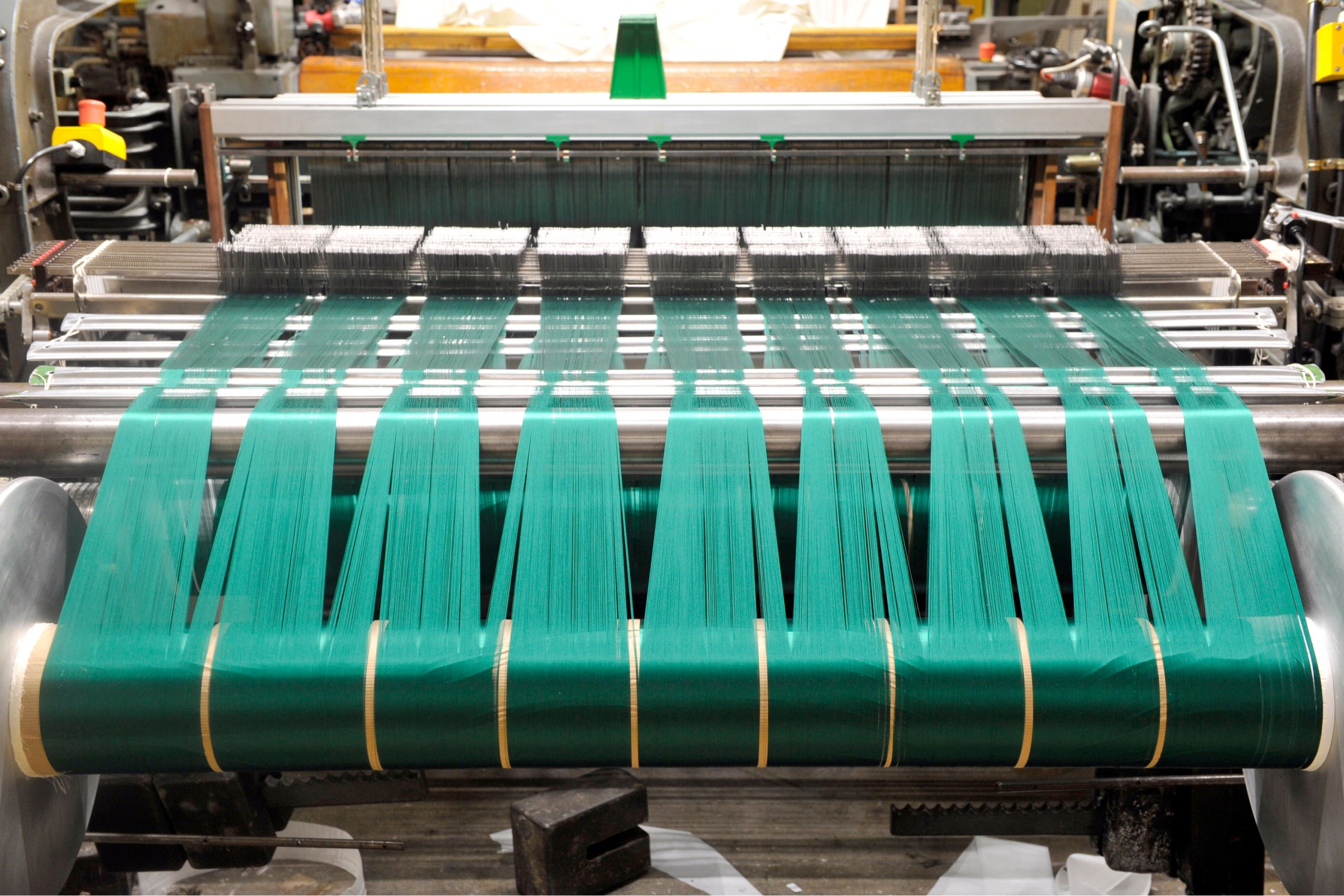5 Textiles that Flourished from Niche to the Mass



Textile, like thousands of other products, has had two at least two parallel markets, one which caters to the niche and the other one serving the masses. Although the high-end products have their own advantages, they often fail to scale and grow in business. The thrive towards market capitalization enables most businesses to go for what the mass needs.
- The US home textiles market is believed to be worth billions of dollars, making it the world's largest.
- China is the biggest exporter of domestic textiles in the world.
- The mainstream market sells low-quality items that aren't as good, but the niche market sells high-quality products that don't consider the cost aspect.
- The textile sector is rife with disparities across the world.
Let's take a deeper look at five textile businesses that have transitioned from niche to mass market.
1. Home textile
It is not usual to find a home textile company growing from a specialty to a mass market. These companies serve a specific need that is determined by their criteria. Profits are more significant in this market, and customers are ready to pay a premium amount for them. On the other hand, developed nations are often focused on home textiles for specialized needs with substantial profit margins. The disadvantage is that to succeed in a niche market, a firm must spend time researching, defining its target audience and requirements, and then improving quality to retain clients.
The home textiles sub-sectors account for a significant portion of the global textile industry. Clothing materials vary significantly from those used in the home. They are constructed from various fabrics and materials and may be used for several purposes. This department has carpets, table mats, curtains, and beds, among other items. The worldwide home textiles sector is now valued at more than a trillion dollars. The industry is anticipated to be worth $400 billion by 2020, thanks in part to a 9% annual growth rate (CAGR).
- The home textiles market is split into many categories. The distinctions between these groupings are based on consumer purchasing behavior. The market for home textiles in the United States exceeds $60 billion. However, with its impeccable strategy, China has become the largest exporter.
- There are two types of marketplaces: specialty and mass. High-quality items are traded in the niche market, whereas low-cost products are marketed in the mass market. This ensures a good differential in price and quality.
- The niche market concentrates on higher-end goods, while the mass market focuses on low-cost items.
2. Silk Textile

Silk was an extremely premium material during ancient times. With the establishment of the famous Silk Road, which ran through Central Asia, connecting Ancient India with Europe, the silk trade was occurring in exchange for gold and other precious metals. In those times, great quality silk wear used to cost a fortune. Only the elites of high society in Europe were able to afford it.
Silk was initially commercially manufactured in China, but it wasn't until the modern period that it became famous around the globe. The path which led silk to the masses could somewhat be traced in the following manner:
- Silk manufacturing became economically crucial to Italian city-states, and the business later extended to France and Spain.
- King James I developed the industry in the Americas in the early 17th century, and the New World became a hub for silk manufacturing. Unfortunately, World War II cut off America's supply of Asian silk, so American firms developed synthetic alternatives like nylon.
- Italy developed the first mass-manufactured silks. The materials were imported and produced in Italy but made in China.
- Manufacturing started to speed up in the United States. Paterson, New Jersey's textile industry evolved from specialty to mass-produced, earning Silk City's moniker.
- After globalization, economically efficient silk satin has been made available across the globe. China, the USA, and India are the prominent beneficiaries of this exponential rise in business.
3. Jute Textile
In Ancient Greece, a temple dedicated to the goddess Pallas produced sacred jute fabrics. The New-Peplos women in Athens were paraded and given to goddess Palladius, who wore them during her visit to the temple of the goddess. In the sixth century BC, the world's first textiles were created. During the Renaissance, furniture and toilet paper were made from jute throughout France and Great Britain. So, basically, it was used to cater to a quite narrow market.
The demands arose in a humongous manner, especially in India. The climate and soil are perfect for jute cultivation. Initially, the Indians were only aware of making mats. But, with the influence of Britishers, the manufacturing scenes changed significantly. The abundance of raw materials and labor in India, along with the wave of the Industrial Revolution, gave rise to a great culmination.
There are several stages of making jute products. The raw jute plant is harvested and then processed into fibers, spun into yarn, weaved into finished items, and finally sold as both the raw and finished product.
- The revolution of jute, from niche to mass, happened in India. India is the birthplace of jute weaving.
- With a market worth of much more than $60 billion, India has the world's largest jute textile market. The jute textile industry is a major one in the eastern Indian state of West Bengal, particularly in Kolkata.
- Jute, currently, is the second-largest textile industry after cotton.
- Jute is crucial to the livelihoods of more than 40 million rural people in India. It supports 2.6 million industrial jobs and employs 1.4 million people in the tertiary sector while also bringing in significant money from outside.
- Jute is also a vital resource, which can be effectively used for environmental protection. It can completely replace plastic bags and carriers.
4. Leather Textile
The fabric for leather textile is usually derived from the skins and hides of animals such as cattle, sheep, pigs, alligators, etc. Good quality leather is marked by its remarkable strength, durability, and flexibility. And the beauty is better left undescribed! The cult associated with it is again a great magnifier.
The procurement of leather was, understandably, a tough task. Over the years, there have been a lot of restrictions in place for reducing violence against animals. It's obvious that the price had to be on the higher side. So, leather textile was forced to serve a narrow market range.
But over a long time period, the leather textile business expanded from a specialized to a large market. Many small to medium sectors began donating old leather products for recycling. The industry remained esoteric, but the leather textile that dominated it rapidly became mainstream, yet another trending fabric.
Lately, a paradigm of shift has been observed in the behaviors of customers. A general awareness regarding animal violence and vegan culture have been evolving in the last few years. To comply with the demands, artificial leather textile is currently being promoted. A great by-product of this change is the fall in price. Mass artificial leather textile is being produced with new technologies and proper business acumen.
5. Wool Textile

In the nineteenth century, the expansion of woven woolens was driven mainly through demand in temperate and warm climates. Since the seventeenth century, the fabric business has been founded on selling cloth to merchants, who manage the finishing, shipping, and marketing. Woolens were the most costly cloth; thus, raw cotton favored replacement.
The introduction of low-cost synthetic fibers replaced the local woolen sector. This was a significant setback for the textile sector. Nonetheless, demand for these items grew by the end of the 18th century, and British governments started enacting legislation to preserve the home sector. Furthermore, cotton materials were widely imported from India, causing woolens to be less costly than their competitors.
The appeal of soft woolens over harsh worsted has recently driven the demand for the most trending fabric. As the world's population got more urbanized, the market for such items became saturated with newcomers. However, the introduction of lower-cost synthetic fibers and technologies increased the textile industry's competitiveness. By the early nineteenth century, more textile companies were competing for clients.
Conclusion
Textiles, like other businesses, are subject to continuous fluctuations of market demands. As people's living standards improve, manufacturers will generate more high-end items. On the other hand, companies would not like to compromise on the profits, thereby trying to cater to many consumers. Moreover, the gap between high-end, custom-made textiles and conventional textiles is becoming a little blurred. Developing countries may also make custom-made textiles, while developed economies may also cater to mass customers.
On a concluding note, we at Fashinza help fashion brands and independent designers connect with the most brilliant apparel manufacturers. Whatever your requirements, we’ll help you find a manufacturer that fits in perfectly. Besides, our complete ownership of the process from design to delivery will allow you to focus on the other aspects of your business. Visit us here now!



















